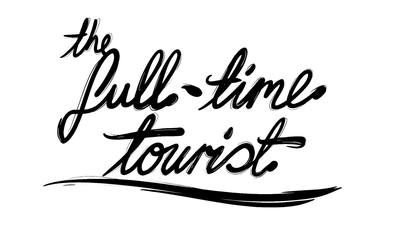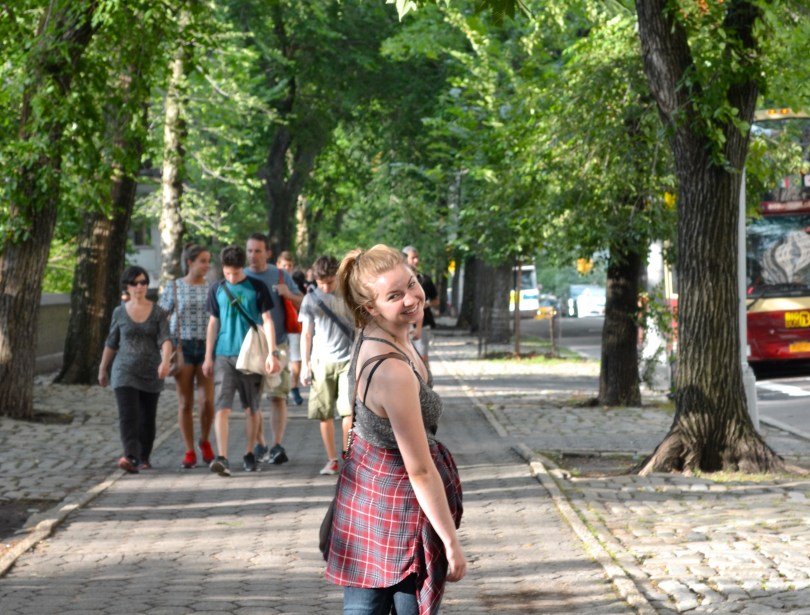With the low oil prices bringing down the Canadian dollar, jetting off to Europe isn’t something that many Canadians (or many Americans, for that matter) would consider doing. So why not travel within Canada to visit Europe? (And yes, that’s a thing.)
Although Canada is one of the youngest countries in the world, Québec City has the same quirks as that of a small European town (but the Canadian version). With buildings dating back to 1604, the city was built a full 263 years before Canada became a nation known as the Dominion of Canada in 1867.
That’s 263 years to really cement Canadian culture- and Old Québec City has done just that. So if you need a little convincing to visit Québec City in lieu of Europe, check out these historically rich spots:

Place Royale (aka the birthplace of French Canada)
In 1608, French Canada founder Samuel de Champlain set up a trading post and storehouse for fur, provisions, arms, munitions and a home for some of Canada’s first colonists. This is now known as Champlain’s Habitation (pronounced: ah-bee-tah-see-ohn), which is also home to one of Canada’s oldest churches, Notre-Dame-des-Victoires.
Located along the St-Lawrence River, Place Royale is a mere funicular ride away from the Château Frontenac and is, essentially, a small maze of old-homes-turned-local-shops with everything from winter clothes to food. And it’s too cute to handle.

Château Frontenac
If there’s one thing that everyone knows about Québec City, it’s the Château Frontenac. Known as the world’s most photographed hotel, the Château was actually a prototype for other château-style hotels built by Canadian railway companies during the late 19th and early 20th century to inspire travellers to stopover in towns along the railway.
Opened in 1893, the hotel was enlarged three times throughout the century to accommodate the growing demand. And in its luxury, size and location, the Château Frontenac is the centrepiece of old Québec and is a National Historic Site of Canada.
Inside the Château are little shops, as well as a small museum in the lower level. As I visited at the end of November, the lobby was decorated with a row of Christmas trees. Outside the hotel are a boardwalk and a funicular that runs down to the Petit Champlain neighbourhood (Place Royale). It’s also a stones throw away from the Plains of Abraham.
Plains of Abraham
If Canada were a country in 1759 and not colonizing French and British forces battling for territory and resources as an extension of the Seven Years’ War, the battle on the Plains of Abraham would probably be Canada’s civil war. The British invasion led by General James Wolfe defeated the French (led by Marquis de Montcalm) in 1760, which led to the surrender of Québec to the British. It’s this battle that determined the predominance of the English language throughout most of Canada- excluding Québec.
The land, which was donated to Québec by Abraham Martin, is whom the battlefield is named after and who may be one of my great-great-great-great (times infinity) grandfathers. (Yeah, I’m basically Canadian royalty. Hair flip.)

Fortifications de Québec
One of the most European-inspired parts of Old Québec is the 4.6 km structure that protected it from numerous invasions since its construction in the early 17th century. As the only remaining fortified city in North America, the Québec fortifications are integral to Old Quebéc’s UNESCO World Heritage site status.
Although Old Québec is built on the cliffs overhanging the St-Lawrence River for defence, its highest point is reserved for the Citadelle, a star-shaped extension of the fortifications. It was built by the British and used as barracks from 1820-’31. The Citadelle remains an active garrison, home to the Canadian Forces’ only French-speaking infantry.

Hôtel de parlement (or Assemblée nationale de Québec)
Like many historically important cities, Québec City also has an impressive Parliament building that is home to the provincial legislature, the Assemblée nationale de Québec. Although the building was built from 1877 to 1886, its most notable feature is the 26 statues representing men and women who influenced the history of Québec and North America, featured on the front of the building.
The Parliament building also houses old and rare books dating from the 15th to the 19th century. So if you’re into old libraries like me, this place is the Canadian goldmine of that dusty old bookstore smell (but the books aren’t for sale. Sad face.)
Like it? Pin it!

Where are your favourite places to visit in Old Québec? Does Québec City remind you of a small European town?
Let me know what you think about these mini-Europe hotspots in the comments below and be sure to follow all my travel adventures, tips and recipes on social media- Facebook, Twitter, Pinterest and Instagram!
If you enjoyed this post, please share it with the button below!
To read more posts about Quebec City, click here. Thanks for reading!


